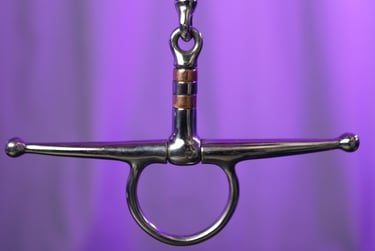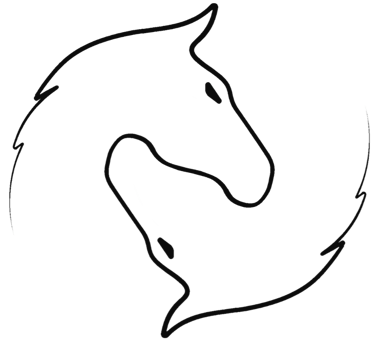All About Bits - Part II: How the basic types of bits affect the horse
PROFESIONAL EDUCATIONAL ARTICLES
In this episode, we will describe in detail how the basic types of bits affect the horse.
Currently, the most widely used and popular bit in English-style riding is the single or double-jointed snaffle and its modifications. This type of bit is commonly seen with riders in hobby disciplines, at the basic and lower levels of dressage and show jumping, and among most recreational riders and riding clubs.
I’m deliberately starting with a type of bit that is not widely used among English-style riders, but I’m placing it first because understanding how it works helps to better grasp the action of commonly available and widely used snaffles.
In the image, you can see how a double-jointed snaffle rests in the horse’s mouth.
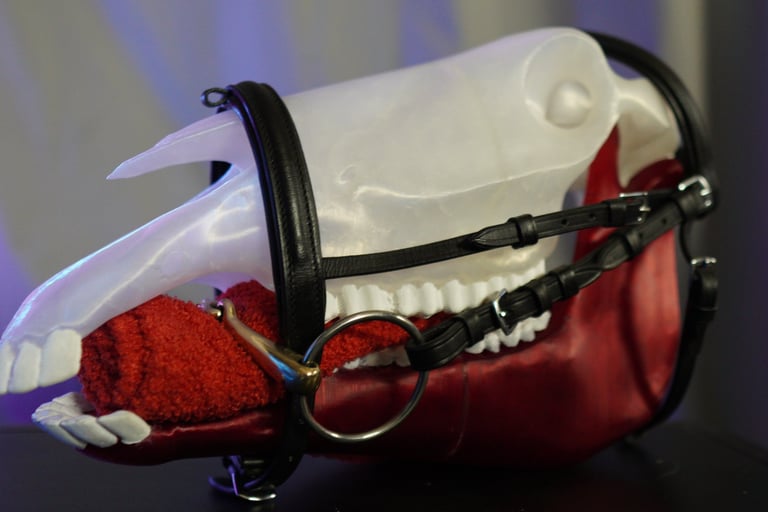

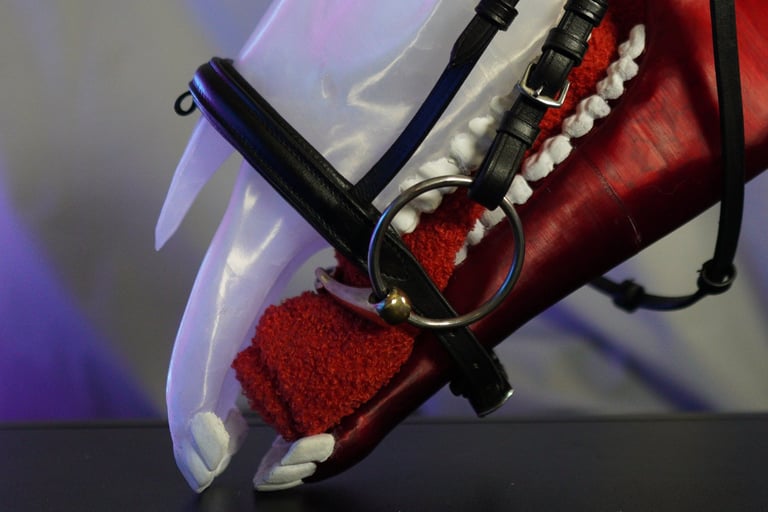

It comes in many different materials and variations. At first glance, its shape may resemble a curb bit, but it doesn’t actually have those properties. Its different impact compared to standard snaffles lies in its construction: it has two short arms extending upward from the mouthpiece, where the cheekpieces are attached, while the reins are connected separately to side rings—not together as with snaffles.
This offers a significant advantage in terms of stabilizing the bit in the horse’s mouth, in contrast to classic snaffles where reins and cheekpieces are both attached to the same ring. For a visual comparison, look at these two photos: one shows the Baucher bit positioned stably in the horse’s mouth, and the other shows the double-jointed snaffle in a looser, more mobile position.
The Baucher bit is structurally very interesting, and its effect on the horse is worth examining.
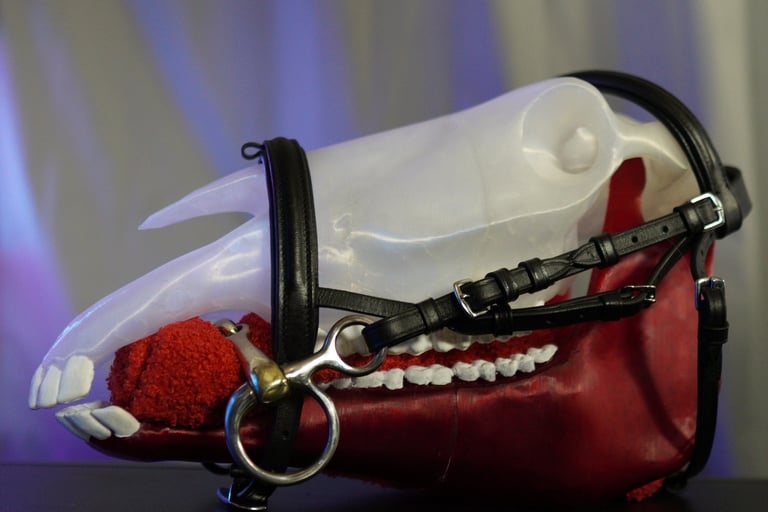

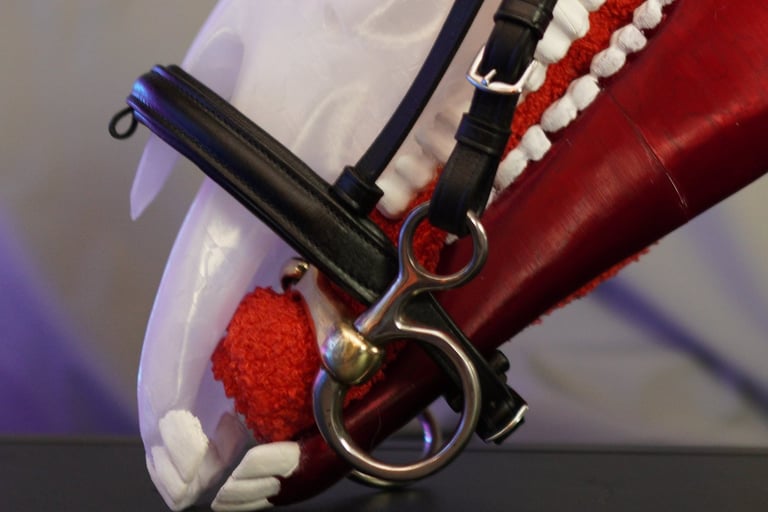

From a physics standpoint, the Baucher bit does not exert leverage, despite its appearance. As I mentioned, even though it resembles a curb, it fundamentally cannot act like one because it lacks a lower shank and curb chain. Without those, no leverage effect is created like in traditional curb bits.
I started with the Baucher bit on purpose, because now the function of a classic snaffle becomes clearer. As noted, the classic snaffle differs from other bits—Baucher or otherwise—primarily because it has a freely rotating ring on each side of the mouthpiece, where both the cheekpieces and reins are attached. It lacks any additional chains, cords, or fancy additions.
If we’re dealing with a bit composed of a mouthpiece (in various designs) and a single freely rotating ring on each side, we can call it a snaffle.




Its action on the horse is single-pointed—directly into the mouth. Depending on the shape of the mouthpiece, the pressure distribution will vary: on the tongue, lips, or even the roof of the mouth. But due to the combined attachment of reins and cheekpieces, the bit will always act into the corners of the mouth when the rider pulls on the reins.
When it comes to stability, this type of bit—regardless of mouthpiece shape—is the least stable of all. Since the snaffle is relatively loose in the horse’s mouth, horses tend to move it around constantly. On one hand, this may help keep the horse’s mouth “alive,” stimulating activity and salivation while reducing the direct impact of the rider’s hands. On the other hand, this instability can prevent a steady and precise communication between rider and horse, which many riders and horses find disturbing.
Riders and horses who prefer a stable contact need to choose a different type of bit because the physical nature of the snaffle doesn’t allow for stability. Adding straps to fix the snaffle’s position defeats its intended purpose, which is to promote mouth activity and “forgive” hand errors. Using such stabilizing straps doesn’t truly stabilize the bit—it just restricts jaw movement, which changes its action altogether.
We’ll discuss the advantages, disadvantages, and appropriate uses of snaffles in a separate article. But as a general rule:
The more a snaffle is designed to encourage chewing and mouth activity, the less precise it will be in transmitting hand aids.
The closer the mouthpiece resembles a straight bar (mullen mouth), the more stable and precise it will be.
Another essential principle:
A single-jointed snaffle exerts the most pressure on the sides of the tongue.
A double-jointed snaffle focuses more pressure on the center of the tongue.
A mullen mouth distributes pressure evenly across the entire contact area.
These are the basic principles behind how a snaffle functions. Of course, small variations exist depending on the specific mouthpiece design.


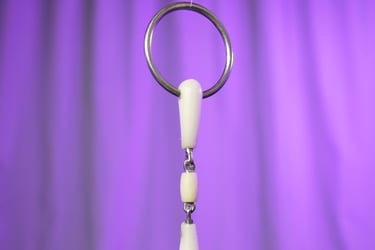



Bits that resemble snaffles in appearance are often sold and described as separate categories: D-rings, eggbutts, and full cheeks.
The key difference is that these bits have the mouthpiece fixed to the side rings (which vary in shape according to their type), unlike the freely rotating rings of a classic snaffle.
In the image, you can see a slightly curved mullen mouth snaffle resting on the tongue and a double-jointed snaffle with a rounded central link.
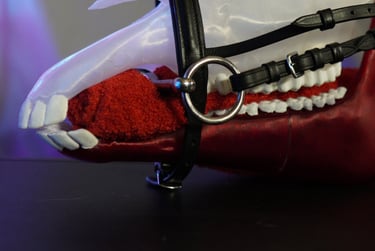



Bits that resemble snaffles in appearance are often sold and described as separate categories: D-rings, eggbutts, and full cheeks snaffle.
The key difference is that these bits have the mouthpiece fixed to the side rings (which vary in shape according to their type), unlike the freely rotating rings of a classic snaffle.
This fixed connection offers two functional advantages:
Greater stability in the horse’s mouth.
When turning, the flat surface of the side ring applies lateral pressure on the horse’s face, aiding in guiding the horse.
D-rings have a D-shaped side.
Eggbutts are more rounded and compact.
Full cheeks (also called Fulmers) have long thin bars extending from the sides, providing the widest surface for lateral guidance.
Manufacturers now often combine features from different bits, creating a wide range of hybrid models. One example is the Fuller bit, which combines a loose-ring snaffle with full cheeks. Another example is a Baucher with loose rings.
With these hybrids, practical function becomes more speculative, though some riders may still swear by even the most extravagant designs. Ultimately, even the most complex bits usually fall into one of two categories in practice:
A more stable snaffle, or
A snaffle with leverage effect.
In the next article, we’ll explore curb bits and other modified types of bits.
Full cheeks snaffle
